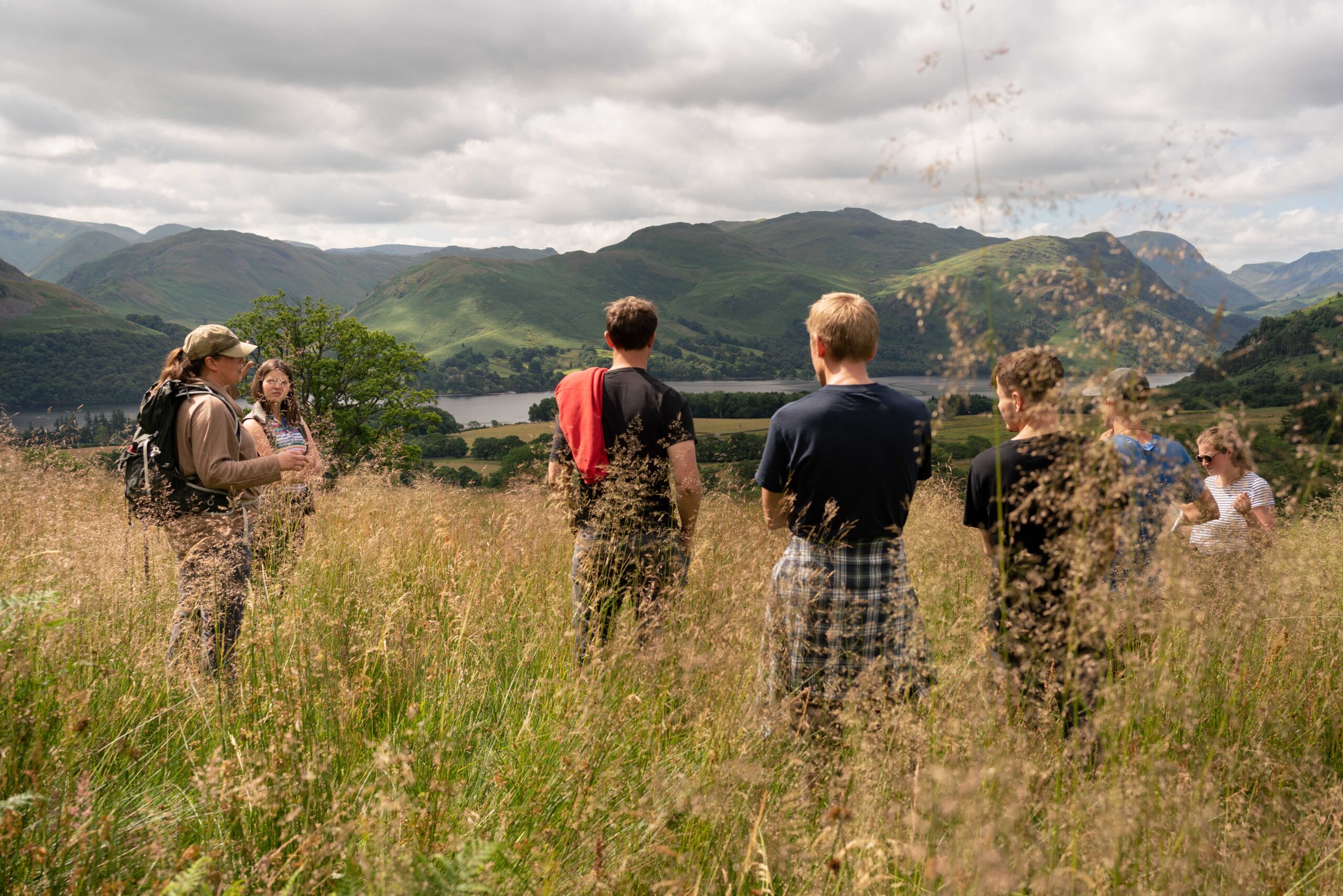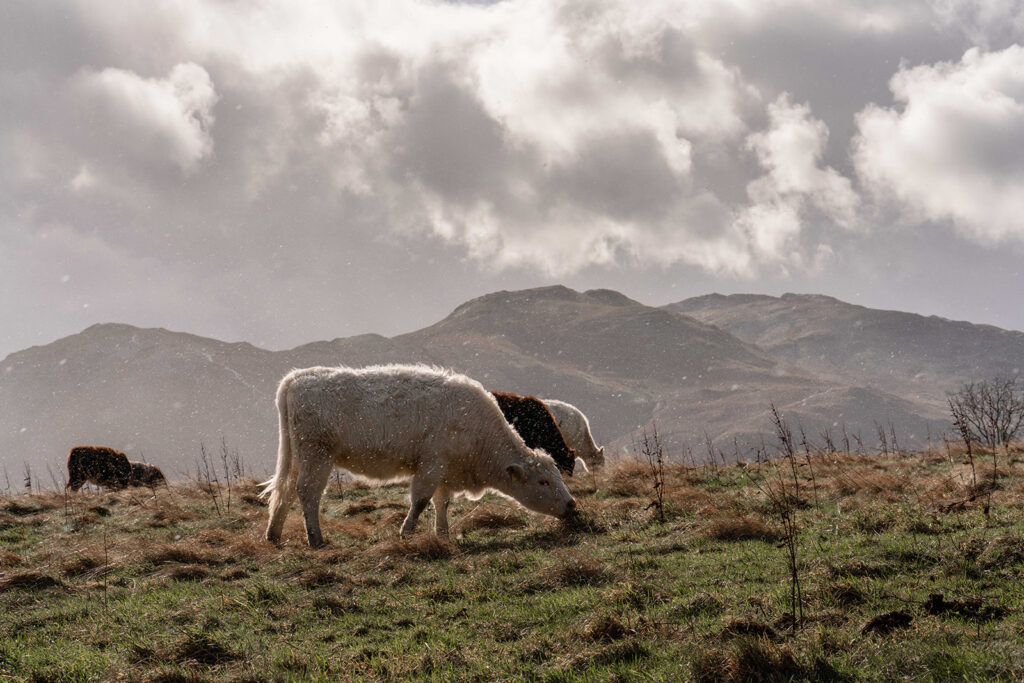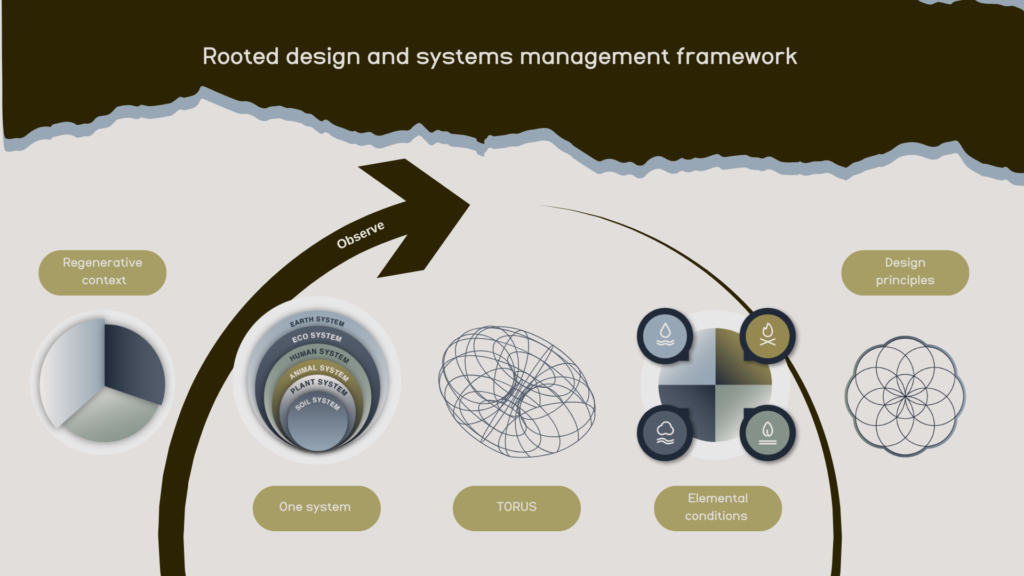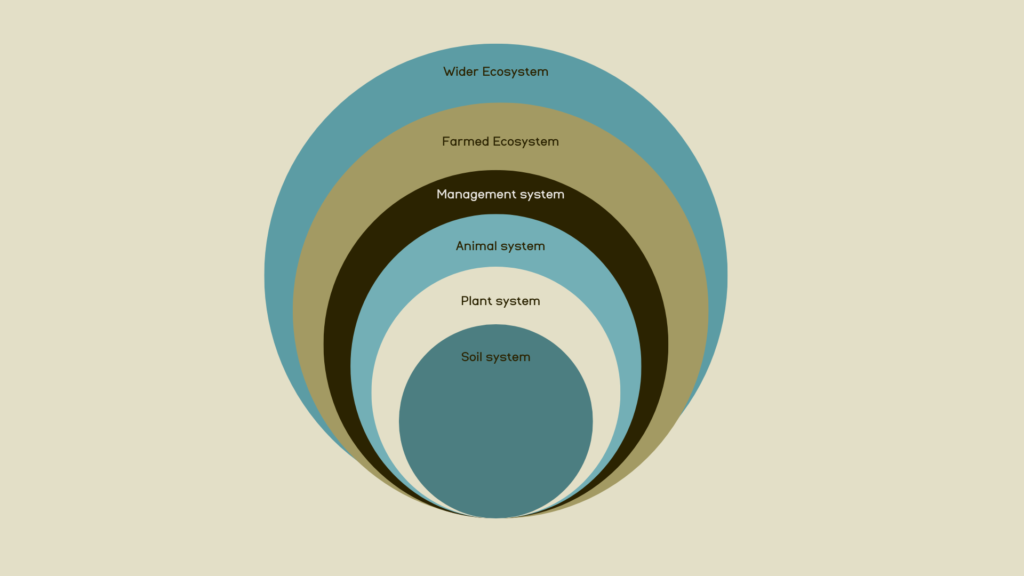
What is the secret to success for upland regenerative grazing systems?
Developing grazing plans for lowland farmers that will achieve regenerative outcomes is relatively easy, and there are many examples of farmers getting excellent results.
I have taught regenerative grazing to hundreds of farmers and supported dozens of regenerative transitions, helping craft detailed grazing plans that optimise grass growth.
I assure you that regenerative grazing works.
Regenerative grazing can help farmers create resilient, biodiverse swards that consistently produce high-quality forage.
Rothamstead’s recent study, which demonstrated that ‘cell’ grazing doubled the carrying capacity of the site being studied, supports this claim.

But in the uplands, we have a far more challenging job.
Rocky terrain, steep and uneven fields, mixed habitats, extreme conditions, lack of shelter and shade, non-existent water infrastructure, poor-quality forage, ticks, and the neighbours ratching scabby sheep constantly jumping in make creating a regenerative grazing plan for the uplands a different and far more complex proposition!
I take what I call a ‘whole system’ approach to management, and nowhere is this more important than in the upland settings.
In a whole-system approach to regeneration, we think of the process as a transition. We first work on what we call the regenerative context, which is understanding the uniqueness of your farm or estate.
Every farming landscape is unique. From the rock on which the soils are formed through the long natural and agricultural story of place to the current set-up of tracks, fields, water infrastructure, and range of habitats with their associated species – each farm is as individual as a fingerprint.
Add to this the farmers’ unique economic and social needs and desires, and to think you could copy an ‘off the peg’ regenerative grazing plan that will give you good results is looking pretty unlikely!
We use a design framework (called the ROOTED framework) to craft a unique transition pathway for every farm. The ‘holon’ model below helps us understand what we aim to achieve in a ‘whole system’ transition.

In a whole system transition, we consider regeneration at the different levels while considering how to apply our management tools in the most appropriate ways to achieve the desired contextual outcomes.
An example I frequently encounter in an upland context is that if you simply focus on the ‘plant’ part of the holon and decide to plough up a tired permanent pasture to drill a herbal ley, it might not be the best decision from a whole-system transition perspective.
Although the herbal ley will likely be ‘productive’ in terms of biomass and ‘quality’, it’s better suited to a dairy cow than the hairy wee highlanders you want to graze the heathery hill ground that makes up half of your farm. When your highlanders lose weight because they spend all day balling their heads off in the lush herbal leys, you might realise your expensive mistake! In this case, the parts of the regenerative transition holon’s ‘plant systems’ and ‘animal systems’ are mismatched.
Similarly, you might try mob grazing on delicate upland habitats with underlying peaty soils, which could degrade the stored carbon, and the low-quality forage may not meet the performance needs of your class of livestock. Here, you have a ‘soil system’ and ‘plant system’ mismatch with your production goals.

Another example of a regenerative ‘whole system’ design process is designing your ‘animal system’ and ‘farm ecosystem’ to complement your contextual goals.
If you select livestock for pasture production and carefully adapt them to more mature swards, they will thrive on mature permanent pasture-based rough grazing systems.
If you then design a whole herd system for your ‘animal system’ where the mother can teach the daughter/son, they will benefit from the ready-adapted rumen microbiome and develop site-specific nutritional wisdom. The animals will know what plants contain the exact nutrients they need, what order to eat them, and in what ratio to optimise their own productivity. In many cases, it is possible to achieve daily live weights comparable with housed systems feeding concentrates – even in an upland setting.
The managers’ mindset is just as critical to success as the soil, plant, and animal systems. The people involved must see themselves as part of the system, too, as without a holistic mindset, implementing a regenerative whole-system grazing plan is very unlikely to be successful.
Regenerative grazing systems are absolutely possible on upland farms and estates, but to achieve the best results, farms must undertake a more careful design process. No two grazing plans will look the same, and it takes time and planning to work on all parts of the system.
Join us at one of our Upland Regenerative Grazing Workshops at Wilder Gowbarrow in the Lake District to learn more about this design process and decide if a whole-system regenerative approach might be a good solution for you.


No Comments